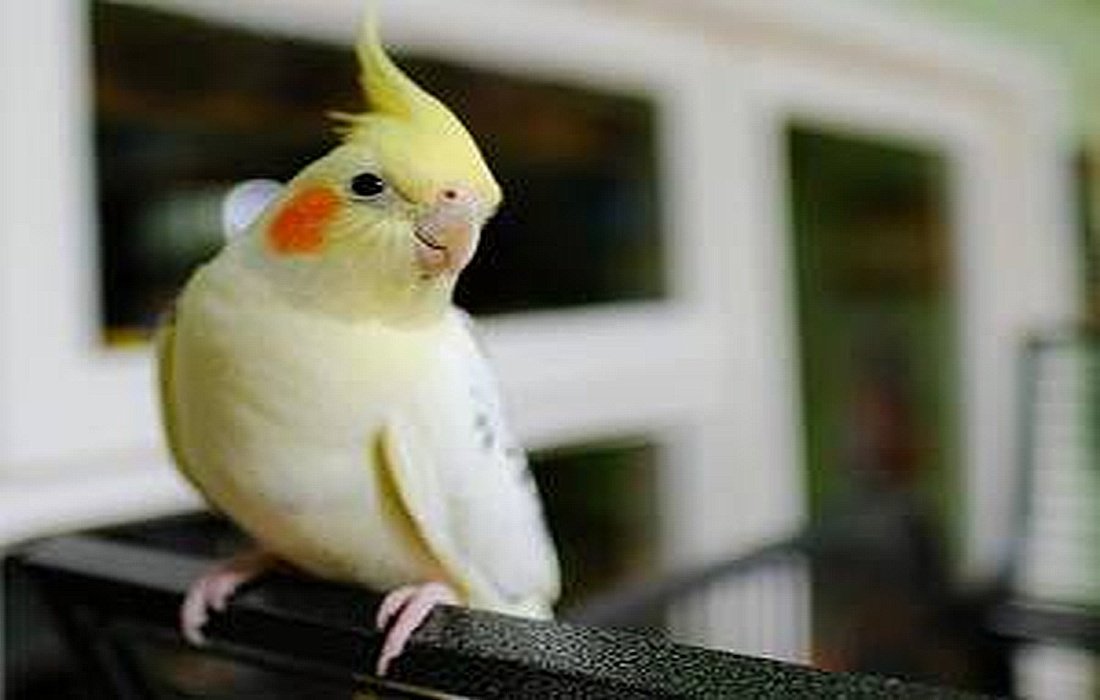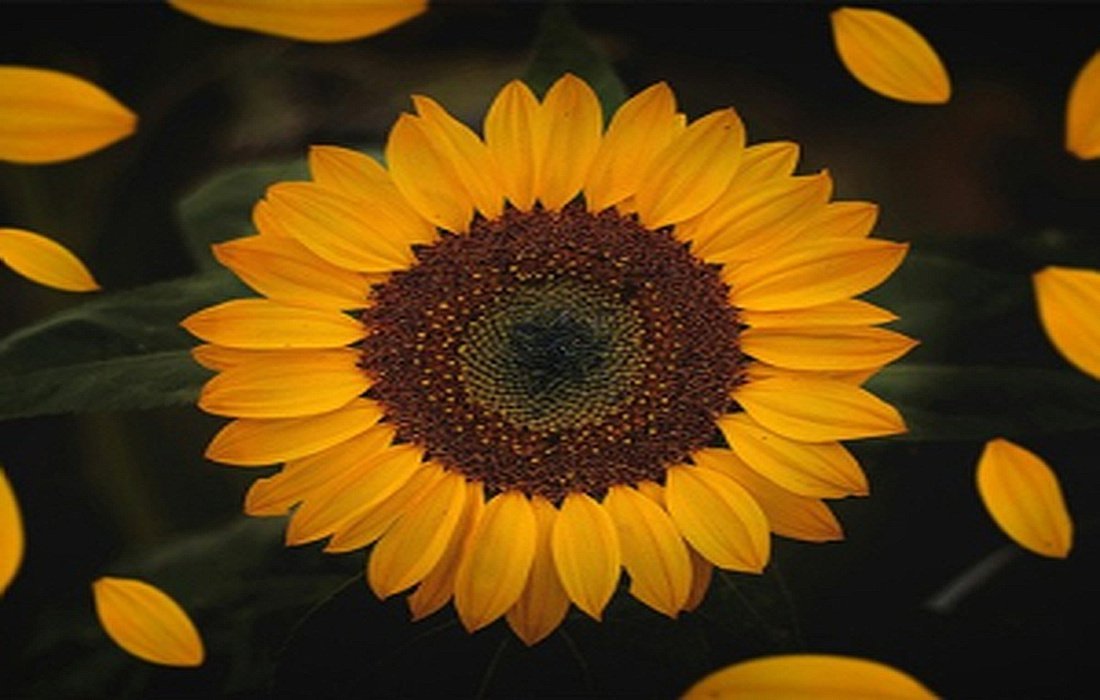Taking care of cockatiels in the best way possible.
Many people are interested in different types of parrots. Training these birds is easy due to their smart and curious nature. One popular parrot is the cockatiel, which comes from Australia and is found in its desert and tropical regions. Their easy adaptability to living environments has made cockatiels a favorite pet bird. These birds are not very noisy and can stay alone for long periods.
These birds, which belong to the cockatoo family, have feathers in various beautiful colors. The feather colors in males and females differ. Younger birds are slimmer and have fewer feathers compared to the mature ones. Typically, their feathers are gray and pink; juvenile cockatiels become fully mature in about 9 months, continuing to grow afterwards.
An adult cockatiel weighs about 85 to 113 grams and measures 30 cm in height. Mature birds usually have darker beaks. The male cockatiels have bright yellow feathers on their heads. The average lifespan of a cockatiel is around 12 to 14 years, but they can live up to 25 years. Wild cockatiels have gray feathers, and their main pigments include yellow, red, and black.
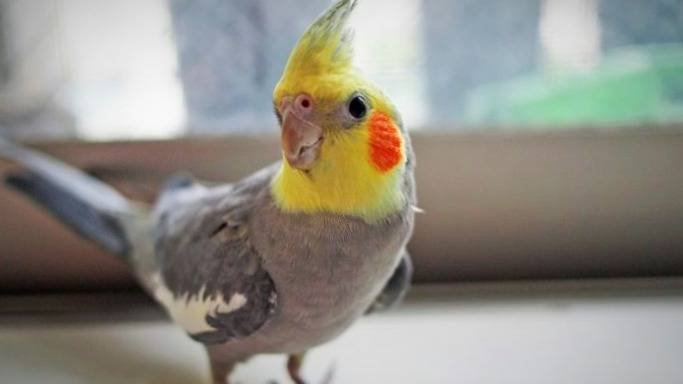
The mutations of cockatiels include the following:
First mutation: The first mutation involves the absence of black pigment in these birds’ bodies, resulting in white and yellow spots on their skin.
Second mutation: If there is no black pigment, female cockatiels will appear brighter than the males.
Third mutation: Birds with white and yellow feathers having dark gray edges.
Fourth mutation: Their black pigment will change tobrown.Fifth mutation: The black pigment reduces, causing the eyes to turn red and the beak and legs to turn pink.
Further mutations in these birds include:
Double mutation, where the cockatiel’s feathers turn cinnamon.
In some cases, a mutation may cause the feathers on their heads to turn white.
Multiple mutations can lead to feather colors changing to orange, bright red, yellow, and brown.
Care and Feeding of Cockatiels
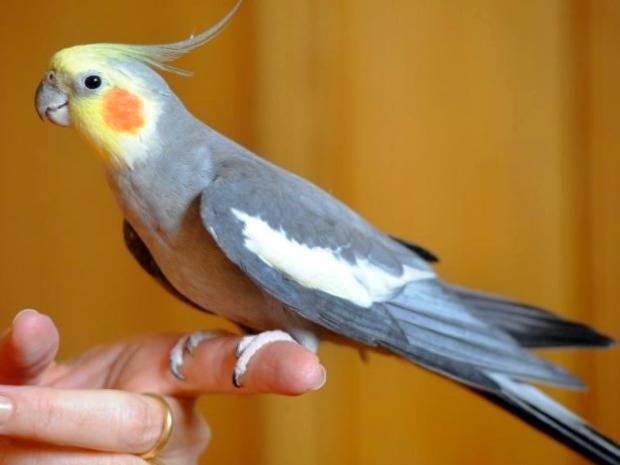
Bird Food
To feed your cockatiel, use specialized commercial food for these birds. To balance their nutritional intake, you can complement their diet with foods such as
carrots,celery,spinach,peas,hard-boiled eggs, and fruits likeoranges,apples,and bananas.It is important thatthese foodsare well mashed.WateringProvide your cockatiel with fresh water daily, and you can also add some vitamins and minerals to their drinking water.BathingSince these birds love to bathe, simply placing a bowl of water in their cage will allow them to enjoy a bath.CleaningCleaning your cockatiel includes regularly maintaining their feathers and trimming their nails. Placing branches from maple and
oak
helps keep their beaks sharp.
Proper care of cockatiels will ensure their long lifespan and good health.
Suitable Nesting
Cage
Cockatiels need spacious and large cages; therefore, provide a cage at least 45 by 60 cm for them to comfortably spread their wings. Metal cages are more durable than wooden ones, and the presence of horizontal bars is ideal since these birds enjoy climbing surfaces. Pouring some sand on the cage floor will also help reduce seed spillage.Feeding ContainersUse two separate metal containers for food and water, and avoid using plastic dishes as cockatiels may chew and break them.
Caring Location
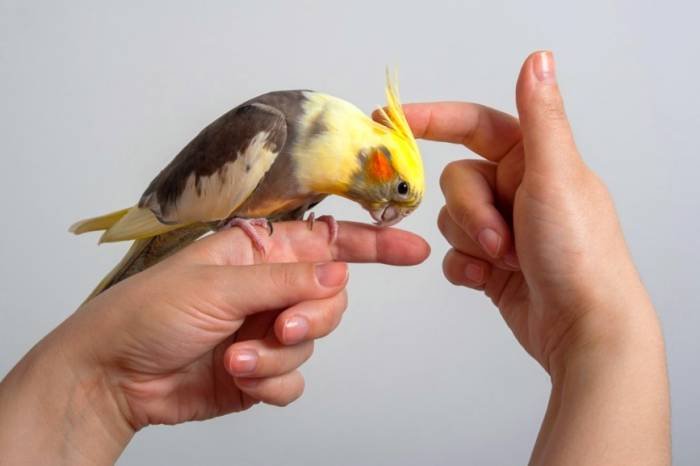
It is essential to place the cage in an area away from extreme temperature fluctuations, and placing it on a high surface can help create a sense of security for them. While covering the cage at night isn’t necessary, it can help to provide a calming effect on the bird.
For fresh air, place the bird in a space that is open but protected since there’s a chance the bird could escape, and avoid keeping these birds in cold environments.
Daily, Weekly, and Yearly Cage Care
Basic cage care includes daily cleaning of the food and water containers and refilling them. Clean the cage weekly, and wash it if it gets dusty. Replace the sand and gravel bedding yearly.
Handling Cockatiels
Since these birds come from desert regions, they may initially display aggressive behaviors, but they adapt well to interactions with other birds. These birds seek your attention and kindness, and if you avoid provoking behaviors, they will easily get along with you.Training
Training cockatiels is very easy; it just requires patience and time.Basic PrinciplesStart training when the bird is about 12 to 14 weeks old. Training one bird is easier than training two at the same time since birds tend to play with each other rather than focus on you. When training, first introduce yourself and other family members to the bird so it can get acquainted with everyone. It’s better to choose males for training since females are generally quieter. If the bird displays nervous behaviors during training, give it another time and be patient. Doing this in a small, quiet room is better to avoid distractions.
Basic Training
The most crucial element in training cockatiels is building trust. Handle them gently and try to hold them in your hands; after earning their trust, switch them to your other hand to help them get used to you. If your cockatiel bites you, gently warn it and say “no.”
Training sessions should not exceed 20 minutes daily.
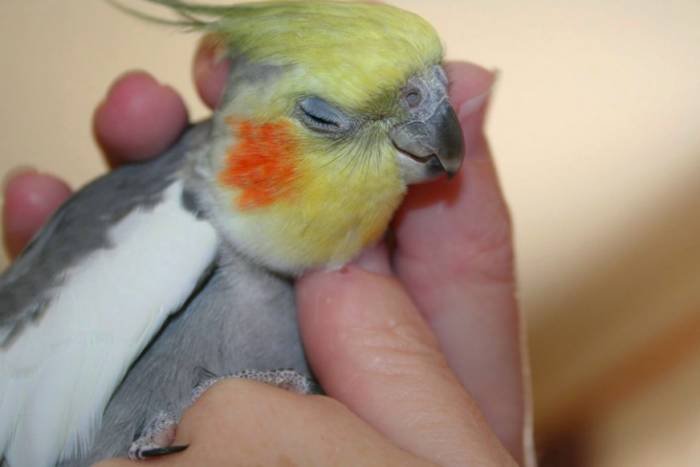
Advanced Training
Progress in training can be expedited by offering rewards like food. Cockatiels are generally more skilled in beak activities than in foot activities. These birds may not speak well, but with continuous practice, it’s possible to develop this skill.
Activities
Cockatiels require about 10 to 12 hours of rest daily. They enjoy activities such as climbing ladders, tapping bells, and looking in mirrors. Playing on tree branches is also enjoyable for these birds, but be careful to avoid placing plastic toys in their cage.
Breeding
Breeding these birds is quite easy, requiring a large cage. A cockatiel should be at least 18 months to 2 years old to be able to breed. These birds may exhibit slightly aggressive behavior during their breeding period. Mating can occur quickly or take 4 to 6 weeks. The incubation period is 18 to 20 days, and the chicks leave the nest after around 5 to 6 weeks and become fully independent about 2 weeks later.
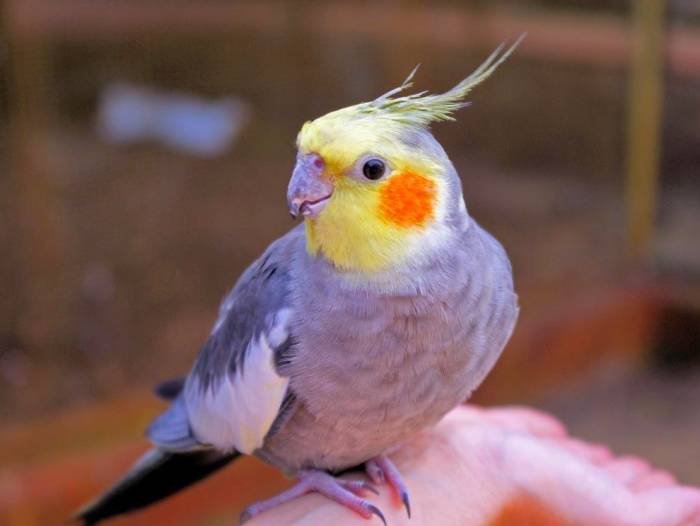
Potential Problems
Caring for cockatiels is easy, but some factors may cause illnesses in these birds. Signs like decreased activity and
weight loss
may indicate a health risk for your cockatiel.
Some common diseases and injuries associated with cockatiels include: wing or foot fractures, cuts and open wounds, large beaks and nails, limping or foot pain, feather loss, weight loss, overheating, shock,
concussions,
watery eyes,
colds,
goiter,
constipation, diarrhea, arthritis, and
rheumatism.In such cases, it’s best to keep the bird’s cage in a location with suitable temperature, and if the bird doesn’t improve, consult a veterinarian.Behavioral problems in these birds are typically caused by the lack of something nearby.
Boredom,low self-esteem,and lack of interaction with other birds or people can lead to issues such as biting, feather plucking, andscreaming.Spending more time with cockatiels will help improve this situation.CockatielsMethods for Caring for CockatielsHow to Care for CockatielsComplete Guide to Caring for Cockatiels
Caring for Cockatiels
How to Keep Cockatiels
Caring for CockatielsLocation for Keeping CockatielsCockatiel ParrotsTraining for Cockatiel CareCaring for CockatielsCoffee Effects



